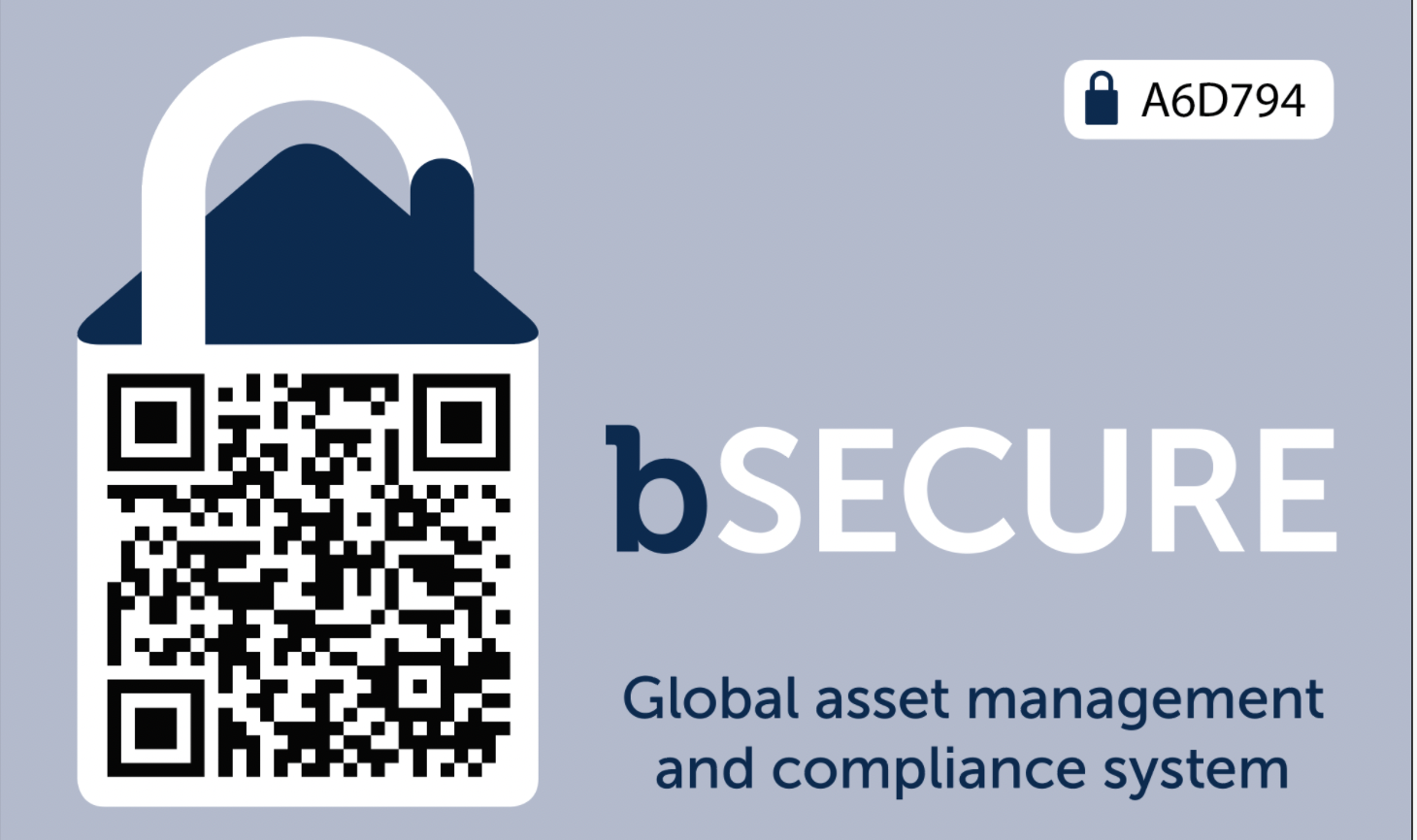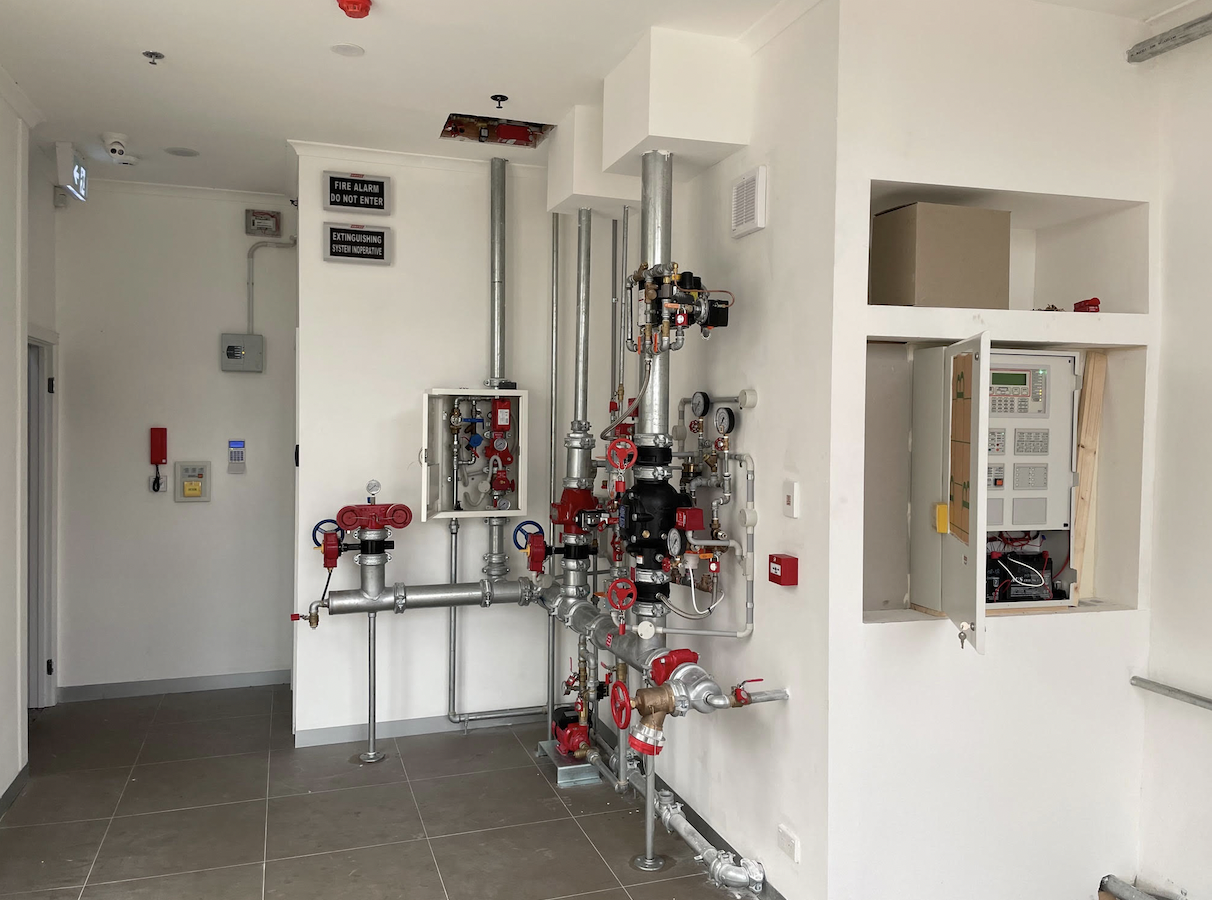
Fire Services Providers Continuation During COVID-19 Pandemic
See how the fire industry is responding to the COVID-19 pandemic.
On 11 March 2020, the World Health Organization (WHO) declared COVID-19 a pandemic (an infectious disease outbreak that spreads on a global scale). The situation is changing rapidly and you can access the latest information on COVID-19 from the Australian Government Department of Health.
The federal and state governments have formed a national cabinet to address the COVID-19 pandemic. The Prime minister has now commenced directing all Australians including organisations to take certain precautions relating to the prevention of the spread of the COVID-19.
On Tuesday 24 March 2020, Stage 1 directives from the government shall take effect.
The short term implications of the Stage 1 directives do not list fire services organisations as a non-essential service.
Further measures that will be taken imminently by the state government and national cabinet are unclear, however, may directly impact on your organisation.
Fire services organisations threats
- Restricted access to facilities to undertake routine, emergency or construction services impacting negatively on net revenue
- Ability to provide a safe workplace (office and field)
- Contractual liabilities both employment and client.
- Client organisations may be or will start restricting access to their facilities to perform services.
Above mentioned, threat 1 and 2 is at the front of mind of the fire industry peak bodies who are proposing to state governments nationally to consider concessions in the pandemic environment to assist the situation.
Peak Bodies Response
Last Friday (20/3/2020) the Fire Protection Association Australia, National Technical Officer (FPAA) wrote to each relevant state government minister outlining the current and potential impact of the pandemic on the fire services industry. The letters identify that access restriction to facilities is causing problems with compliance with AS1851 routine servicing tolerances and mandatory state legislation.
The FPAA has proposed a course of action by our state regulators to:
- Declare or empower local government to declare that routine maintenance requirements and/or the issue of AESMR’s can be delayed for up to four (4) months;
- Routine servicing should continue to be carried out on relevant buildings where possible but without entering sole occupancy units or areas of designated restriction.
- The FPAA essentially proposes that all routine servicing should continue where it is safe to do so, notwithstanding certain facilities that require designated restrictions due to risk of occupants (health and aged care typically).
The National Fire Industry Association (NFIA) published an employer guidance document ‘COVID-19 – Employer Guide’ on 16 March 2020. The document summarises what needs to be understood on organisational the risks, employer obligations, working from home considerations, changing or scaling down your operations.
Fire services organisations must assess the demographic of their clients and determine the optimum operating workflows to minimise risk to staff, the community and loss of revenue that sustains them.
Reduced Access vs Revenue Threat
Approximately 90-95% of net revenue for most fire services organisations is derived from field services such as routine servicing, repairs and installation services. Exceptions to this may be fire services organisations that also provide consultancy and design services not requiring regular client facility visits or inspections. Denial of access to client workplaces to perform services could result in an almost total loss of revenue for some fire services organisations.
It is advisable to assess your organisations client demographic together with actual service revenue streams. This is critical for the assessment of the immediate impact on revenue when access restrictions begin to apply to facilitate a revenue loss risk assessment:
tabulate revenue splits of what are considered the higher risk and/or restricted facilities (health, aged care, public assembly) and lower risk (industrial, commercial and residential).Operational Considerations AnalysisCan we comply with WHS/ OHS Acts as our organisation ought to throughout each consideration task?
- Is working from home an option for non-field staff to reduce where possible close contact between staff is an effective measure to mitigate the impact of COVID-19.
- Do we have fully mobilised service delivery systems to facilitate field and office staff to work remotely and not have to convene in the office or client facilities at all, lesser than usual or only in accordance with health department recommended safe social proximity.
- Have we communicated with the client and field staff on the level of risk at their facilities and restrictions of access that may make services delivery not possible, too difficult or require changing of scheduling.
- Can changing scheduling of services at certain restricted facilities be achieved e.g. services provision after or before business hours when facilities are not/less attended. If so, will applicable industrial instruments (e.g. enterprise bargaining agreements, awards or employment agreements that apply to field staff allow this to happen) is communications needed with unions, has this been proposed formally to the client how will this impact on the profitability of contracts can variations to contracts be negotiated with clients ensuring the sustainability of contracts.
- Would it be of benefit to establish teams and team leaders whom all work remotely using a fully mobilised service delivery system for reporting from facilities or regions:
- ensuring not all field staff are in the office at one time or at all;
- are trained and equipped to provide services at certain specific facilities of varying risk;
- can this be supervised effectively by mobilised team leaders
- Do we need to undertake additional cleaning and disinfecting including the provision of clean and disinfection supplies such as facility work areas, offices, remote workspaces, vehicles and tools:
- facility work areas
- offices
- remote workspaces
- vehicles and tools
- Do we have risk assessment skills to undertake a risk assessment, complete Safe Work Method Statements (SWMS) and resources to evaluate and treat risks for each type of client facility in the pandemic environment?
- Do we have the resources and skills to monitor and review services being provided in the pandemic environment:
- validation of safe work plans signed off by clients;
- monitor and review as services are completed;
- monitor PPE usage and supplies in accordance with SWMS, client and government guidelines.
- Do we have open communications and agreed on reporting protocols on the situation with the organisations' financiers or financial institutions?
For a detailed guide on Providing a Safe Workplace During a Pandemic visit WorkSafe Victoria.
Now that you have an effective risk mitigation plan in place, make sure everyone in the organisation knows about it and understands their responsibilities and contribution.

